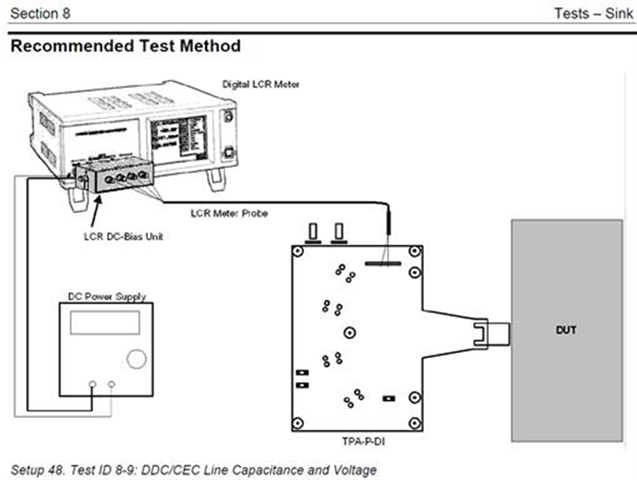Hello,
Since our customer faced on DDC capacitance violation when he tested by connecting B-side to HDMI port, I shared "TCA9517: asking for the TCA9517 design application" thread for best understanding why B-side connection is not recommended. Then he has subsequent question on the answer of this thread.
1) what is "voltage offset" in this thread.
my understanding of "voltage offset" stands for "VOL-VILC :Low-level input voltage below low-level output voltage" in the datasheet. Please correct me if my understanding is incorrect.
2) would you mind letting us know if there is any limitation VCCA, VCCB voltage e.g. is it available to use in both VCCA>VCCB case and VCCA<VCCB case.
3) would you please let us know why B-side capacitor is much larger than A-side, although the datasheet specify 8pF typ input capacitor for both SCLA, SCLB, SDAA, SDAB.
does it comes form bias voltage ? The datasheet is specified VCCB=3.3V or 0V case only not specified in VCCA.
best regards,


